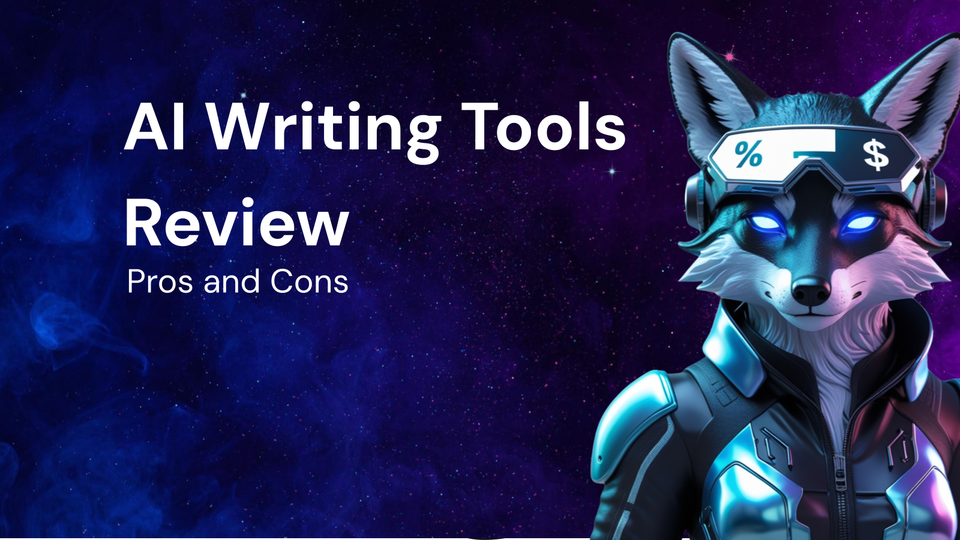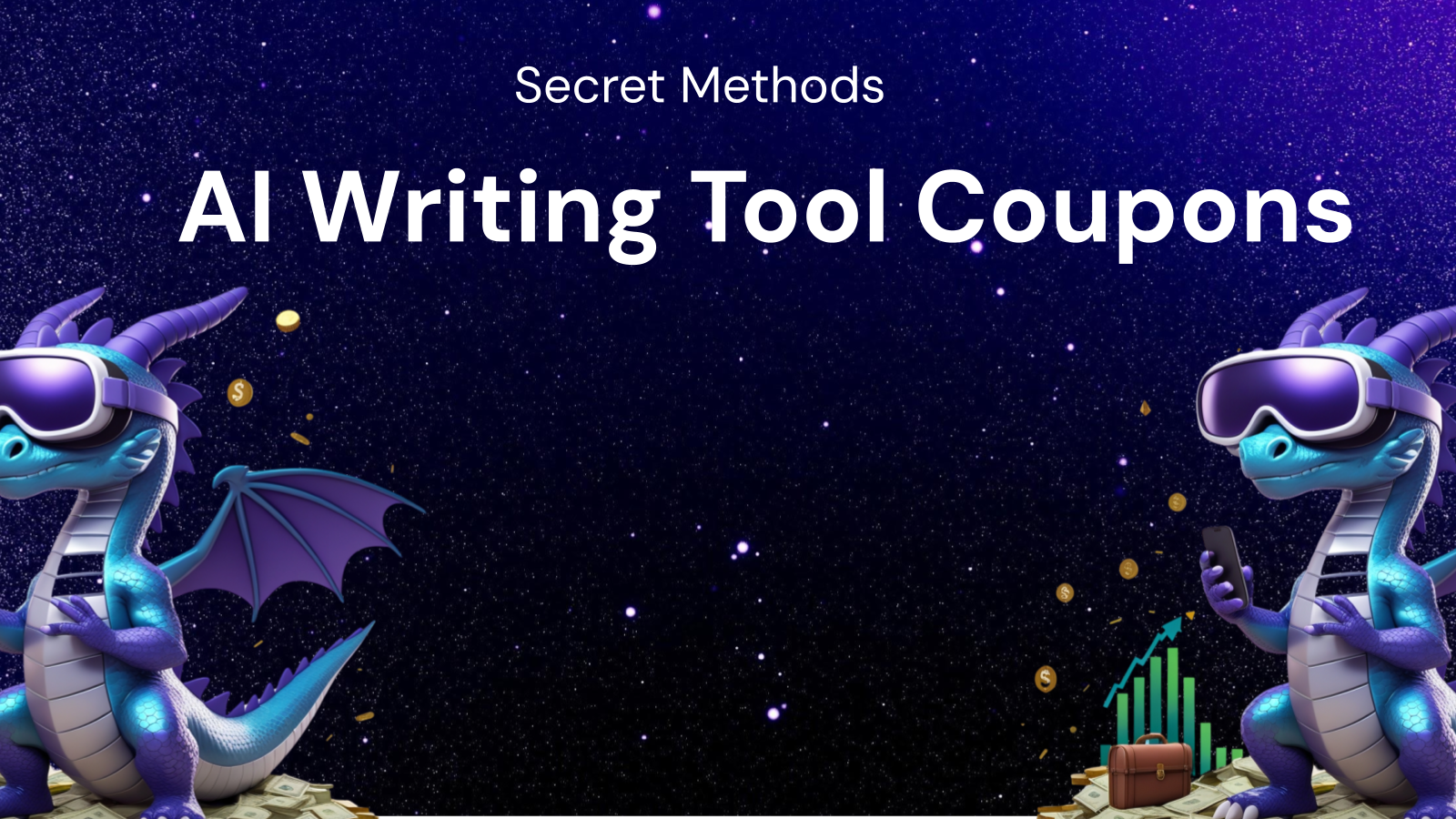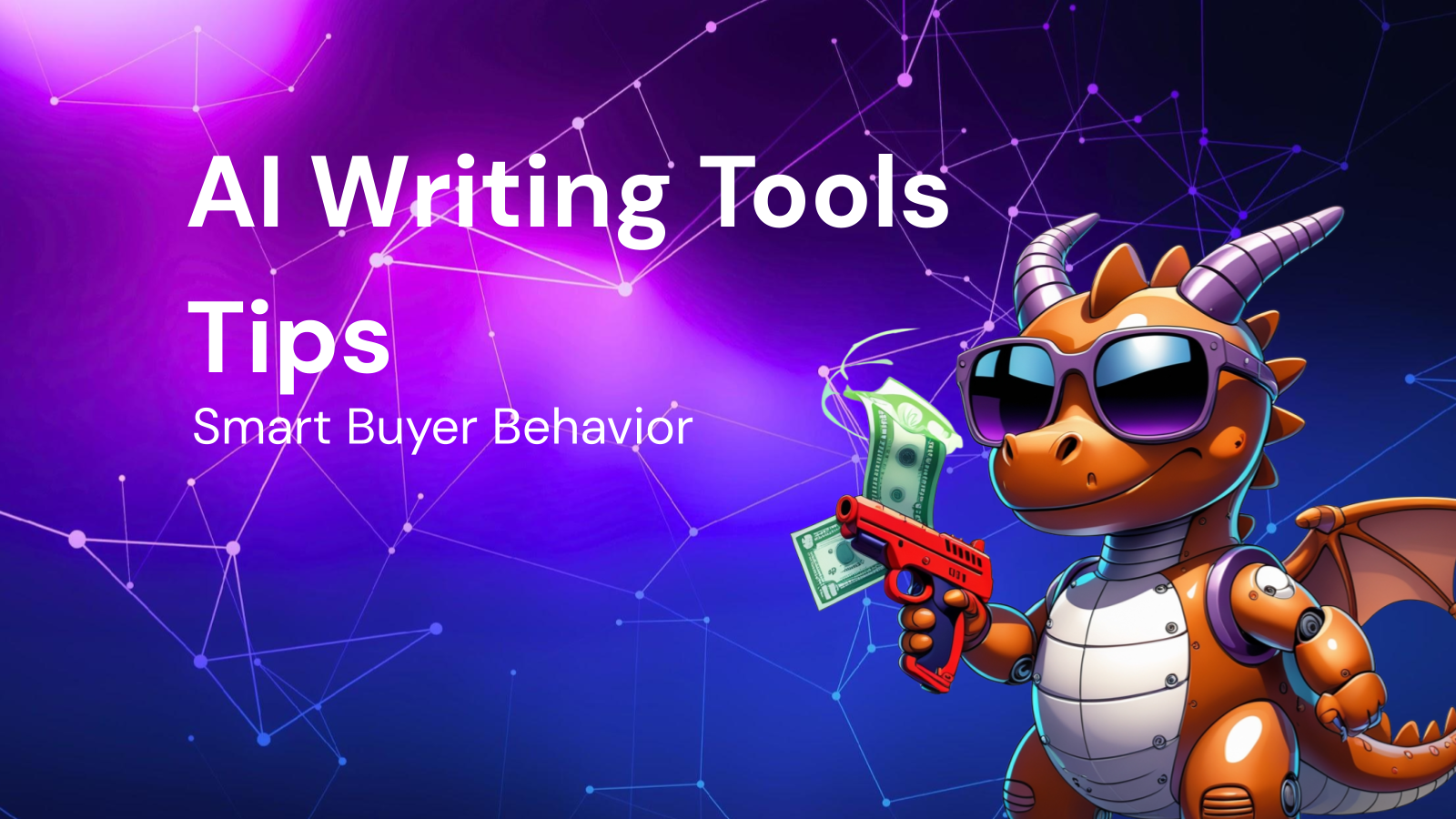Evaluating AI Writing Tools: A Review of Their Pros and Cons

Evaluating AI Writing Tools: A Review of Their Pros and Cons
The rise of artificial intelligence (AI) has permeated nearly every aspect of our lives, and writing is no exception. AI writing tools, powered by sophisticated algorithms and natural language processing (NLP), are rapidly evolving, promising to revolutionize content creation across various industries. From crafting compelling marketing copy to generating informative articles and even assisting with academic writing, these tools offer a tantalizing glimpse into a future where machines can augment and even automate the writing process.
However, the reality is far more nuanced. While AI writing tools boast impressive capabilities, they also come with limitations and potential drawbacks that need careful consideration. This comprehensive review aims to provide a balanced evaluation of AI writing tools, examining their pros and cons to help you understand their strengths, weaknesses, and suitability for your specific writing needs.
What are AI Writing Tools?
At their core, AI writing tools are software applications that use AI, primarily NLP, to generate text. They analyze existing text data, identify patterns, and learn to produce new content based on these patterns. The complexity and sophistication of these tools vary widely, ranging from basic grammar and spell checkers to advanced content generators capable of producing different types of text, including:
- Blog Posts and Articles: AI can generate outlines, write complete drafts, and even optimize content for search engines.
- Marketing Copy: Creating catchy headlines, persuasive ad copy, and engaging social media posts are common applications.
- Product Descriptions: AI can quickly generate descriptions for e-commerce platforms, tailoring them to specific products and target audiences.
- Emails: Drafting professional emails, follow-up messages, and personalized outreach content is a task well-suited for AI.
- Reports and Summaries: AI can analyze large volumes of text and extract key information to generate concise summaries and reports.
- Creative Writing: Some AI tools are even venturing into creative writing, generating poems, stories, and scripts.
These tools typically work by prompting the AI with a specific topic, keyword, or a set of instructions. The AI then analyzes this input and generates text based on its understanding of the prompt and the patterns it has learned from its training data.
Pros of Using AI Writing Tools:
- Increased Efficiency and Speed:
- Faster Content Creation: AI can significantly reduce the time it takes to create content, especially for repetitive tasks like writing product descriptions or generating multiple variations of ad copy. This allows businesses and individuals to produce more content in less time, boosting productivity.
- Streamlined Workflow: AI can automate various stages of the writing process, from brainstorming and outlining to drafting and editing, streamlining the overall workflow and freeing up human writers to focus on more strategic tasks.
- Quick Turnaround Times: The speed of AI allows for rapid content generation, making it ideal for situations where quick turnaround times are essential, such as breaking news coverage or responding to time-sensitive marketing opportunities.
- Improved Consistency and Quality:
- Grammar and Spelling Accuracy: AI writing tools are adept at identifying and correcting grammatical errors and spelling mistakes, ensuring consistency and professionalism in the written output. This is particularly helpful for individuals who may struggle with grammar or those who need to produce a large volume of error-free content.
- Style and Tone Consistency: AI can be trained to adhere to specific style guides and maintain a consistent tone of voice across different pieces of content. This is crucial for branding and ensuring a cohesive message across all communication channels.
- Enhanced Readability: Many AI tools include features that analyze the readability of the text and suggest improvements to make it more accessible to a wider audience. This can lead to increased engagement and comprehension.
- Cost Savings:
- Reduced Labor Costs: By automating some of the writing tasks, AI can reduce the need for human writers, leading to significant cost savings, especially for businesses that require a large volume of content.
- Lower Editing and Proofreading Costs: The built-in grammar and spelling checkers in AI tools can minimize the need for extensive editing and proofreading, further reducing costs.
- Increased ROI: The efficiency and speed of AI writing tools can lead to a faster return on investment (ROI) by enabling businesses to create more content, attract more customers, and generate more revenue.
- Idea Generation and Brainstorming:
- Overcoming Writer's Block: AI can provide fresh ideas and different perspectives, helping writers overcome writer's block and spark creativity. By generating initial drafts or outlines, AI can serve as a starting point for further development and refinement.
- Exploring New Topics: AI can be used to research and generate content on unfamiliar topics, allowing writers to expand their knowledge base and explore new areas of interest.
- Generating Different Perspectives: AI can be prompted to write from different perspectives or viewpoints, providing a more comprehensive understanding of a topic and enriching the content.
- SEO Optimization:
- Keyword Research and Integration: AI tools can assist with keyword research and suggest relevant keywords to incorporate into the content, improving its search engine ranking.
- Content Optimization for SEO: AI can analyze the content for SEO effectiveness and suggest improvements to optimize it for search engines, such as adjusting the title, meta description, and keyword density.
- Generating SEO-Friendly Content: AI can generate content that is specifically designed to rank well in search engines, such as blog posts targeting specific keywords or product descriptions optimized for search.
Cons of Using AI Writing Tools:
- Lack of Originality and Creativity:
- Repetitive and Generic Content: AI often relies on existing data, which can result in repetitive and generic content that lacks originality and creativity. The AI may simply regurgitate information it has learned from its training data without adding any new insights or perspectives.
- Inability to Emulate Human Emotion: AI struggles to convey genuine human emotion and connect with readers on an emotional level. This can make the content feel robotic and impersonal.
- Limited Creative Flair: While AI can generate creative content to some extent, it often lacks the nuanced understanding of language, culture, and human experience that is essential for truly original and impactful writing.
- Accuracy and Factual Errors:
- Generating False or Misleading Information: AI can sometimes generate false or misleading information, especially if the training data is incomplete or biased. This can have serious consequences, especially in fields such as journalism or medicine.
- Difficulty with Nuance and Context: AI may struggle with nuance and context, leading to inaccurate or inappropriate content. It may misinterpret the meaning of words or phrases and generate text that is out of context.
- Dependence on Data Quality: The accuracy of AI-generated content is heavily dependent on the quality of the training data. If the data is biased or inaccurate, the AI will likely produce biased or inaccurate results.
- Ethical Considerations:
- Plagiarism Concerns: AI can inadvertently plagiarize content from its training data, raising ethical concerns about copyright infringement and academic dishonesty. It's crucial to use plagiarism detection tools to ensure the originality of AI-generated content.
- Job Displacement: The increasing sophistication of AI writing tools raises concerns about job displacement for human writers, editors, and proofreaders.
- Misinformation and Propaganda: AI can be used to generate and spread misinformation and propaganda, posing a threat to democracy and social stability.
- Limited Understanding of Context and Audience:
- Inability to Adapt to Specific Audiences: AI may struggle to adapt its writing style and tone to specific audiences, resulting in content that is not engaging or relevant.
- Lack of Cultural Sensitivity: AI may not be aware of cultural nuances and sensitivities, leading to content that is offensive or inappropriate for certain audiences.
- Difficulty with Complex Topics: AI may struggle to understand and write about complex or technical topics that require specialized knowledge or expertise.
- Over-Reliance and Skill Degradation:
- Dependence on AI for Writing Tasks: Over-reliance on AI can lead to a decline in human writing skills and a loss of creativity and critical thinking abilities.
- Reduced Motivation to Improve Writing Skills: If writers become too dependent on AI, they may lose the motivation to improve their writing skills and develop their own unique voice.
- Lack of Ownership and Pride in Work: When AI generates a significant portion of the content, writers may feel a lack of ownership and pride in their work, which can negatively impact their job satisfaction.
Best Practices for Using AI Writing Tools:
- Treat AI as a Tool, Not a Replacement: AI should be viewed as a tool to augment human writing, not to replace it entirely. Human writers should still play a crucial role in the writing process, providing creativity, critical thinking, and emotional intelligence.
- Use AI for Specific Tasks: Identify the tasks where AI can be most effective, such as generating outlines, researching topics, or proofreading content.
- Thoroughly Edit and Proofread AI-Generated Content: Always carefully edit and proofread AI-generated content to ensure accuracy, clarity, and originality.
- Verify Facts and Information: Double-check all facts and information generated by AI to ensure accuracy and avoid spreading misinformation.
- Maintain Ethical Standards: Use AI writing tools responsibly and ethically, avoiding plagiarism, misinformation, and other harmful practices.
- Develop and Refine Your Own Writing Skills: Continue to develop and refine your own writing skills, even while using AI tools.
- Experiment and Explore Different Tools: Experiment with different AI writing tools to find the ones that best suit your needs and preferences.
Conclusion:
AI writing tools are rapidly evolving and offer significant potential for increasing efficiency, improving consistency, and saving costs in the content creation process. However, they are not without their limitations. Lack of originality, potential for factual errors, ethical concerns, and the risk of over-reliance are important factors to consider.
The key to successfully utilizing AI writing tools lies in understanding their strengths and weaknesses and using them strategically as part of a broader writing workflow. By treating AI as a tool to augment human creativity and expertise, and by adhering to ethical standards and best practices, writers and businesses can harness the power of AI to create high-quality, engaging content that achieves their desired goals. As AI technology continues to advance, it is crucial to stay informed about the latest developments and adapt our writing processes accordingly to maximize the benefits while mitigating the risks. The future of writing is likely to be a collaborative one, where humans and AI work together to create content that is both efficient and impactful.




Comments ()